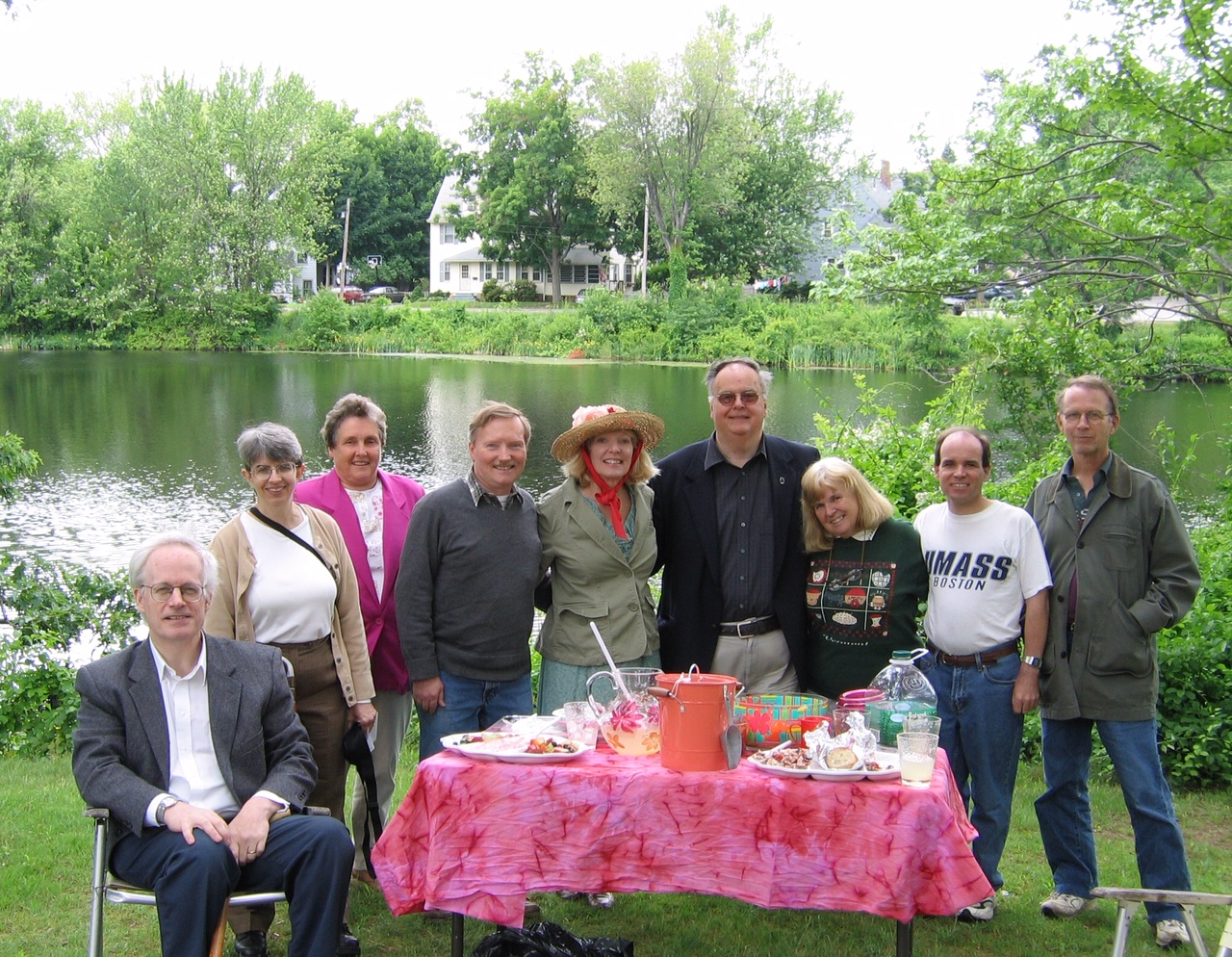In 1837, Reverend Elijah Lovejoy published an article in his anti-slavery newspaper about the killing of a free black man. Francis McIntosh, himself accused in a killing, was grabbed by a crowd and burned, something Lovejoy described as an “awful murder and savage barbarity” committed by the “spirit of mobism.” Because of Lovejoy’s outspoken views, mobs in St. Louis, Missouri had already destroyed his press four times, but this time would prove fatal for the crusading minister. He died in this final attack.
That murder of a man exercising his First Amendment rights against the institution of slavery changed Adin Ballou’s thinking. He and his followers became, in his words, “radical Abolitionists” – those who believed the north should secede from the slave-holding south. Ballou called the U.S. Constitution corrupted by the inclusion of slavery, and thought immediate emancipation was the only solution to the problem. Many in the north were coming to similar, if less radical, conclusions.
After the founding of the Hopedale Community in late 1841, Ballou and his Practical Christians had an outlet for their beliefs and a place to practice what he preached. Each summer, the townspeople celebrated “Emancipation Day,” the day in 1834 when the British government finally freed the slaves in the West Indies. Hopedale honored the day each first of August “in a pleasant grove near the southerly border of our domain, half a mile from the central part of our village.”
By 1854, the celebration brought almost 1,000 people to town, and big name abolitionists like Henry Wright and Parker Pillsbury spread the anti-slavery word. Women also spoke, including Lucy Stone and Abby Kelley Foster, whose sister Lydia Kelley Earle lived in Hopedale.
Former slaves also took the stage at Hopedale Emancipation Day celebrations. Frederick Douglass spoke eloquently to the onlookers. Douglass had visited Hopedale in 1842, and Ballou gushed about the meeting. “The great pleasure was given us of entertaining for the first time Frederick Douglass, the famous fugitive slave, and of being more than entertained by his stirring words. He remained with us some days and did much during his stay to break into floating fragments much of the pro-slavery ice of Milford and vicinity. Memorable times those!”
William Lloyd Garrison, who himself had been attacked by an anti-abolitionist mob in Boston in 1835, attended the festivities in 1857. “The First of August Celebration has become a fixed fact – an institution, it may be – at Hopedale,” Garrison wrote in his newspaper, The Liberator. He gave a speech, and Harriet Newell Greene wrote a song. Former slave Sojourner Truth also spoke that day. Ballou called her a “remarkable” woman, “whose impassioned utterances on the occasion were like the fiery outbursts of some ancient prophet of God.”
Emancipation Day reemerged in Hopedale – at least for a few years. Renamed “Peace Day” by Friends of Adin Ballou co-founder Jeanne Kinney, these new celebrations were held in Adin Ballou Park from 2010 to 2016. Several local residents helped organize the picnics, which Jeanne termed a “stand in the park for peace,” and like Emancipation Day the modern picnic included readings, songs, speeches, and poems written for the occasion. The picnic held in 2011 attracted a large crowd, and original songs were played by Bill Wright’s band – something that would have happened at those earlier celebrations. Videos of many of the Peace Day picnics are available on YouTube with Tony Alves acting as Master of Ceremonies.
Jeanne Kinney, who died in 2012, was living in Adin Ballou’s modest house on Dutcher Street when the idea of a friends group became a reality. The Friends of Adin Ballou was created in 2003 to honor Ballou’s “life and legacy,” and local resident Elaine Malloy, who passed in March of this year, is credited as a co-founder. Local author Marcia Matthews, an early FAB member, noted that although the peace picnics are no longer held, the reason for their resurrection has not diminished. Ballou, she said, founded Hopedale as a peaceful community. “The goals of Friends of Adin Ballou are to research and study the words and deeds of Adin Ballou and the Hopedale Community, and to find ways to keep their legacy alive in the modern world.”
Although many of the original members have moved on, FAB sponsored many town events including the picnics, an annual fall lecture series, a high school essay contest, and a table at the town’s Day in the Park celebration, this year slated for Saturday, September 14. For more information on the Friends of Adin Ballou, visit www.adinballou.org.

Issue Date:
August, 2019
Article Body:
